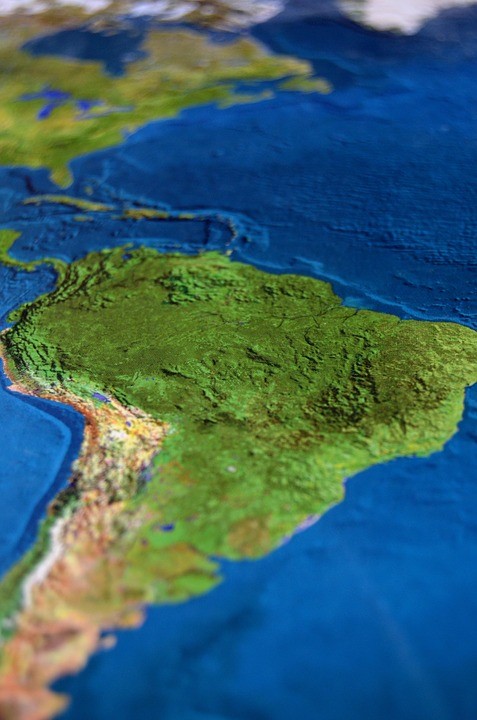State Department veteran Daria Novak provides this analysis of China’s worrisome gains in Latin America.
Twenty years ago, countries within America’s sphere of influence were easily identified on a map. Today China is redrawing that picture in Latin America and it doesn’t look promising for the US. Beijing is making major economic inroads into a number of countries in the region. Brazil, which represents 40 percent of the continent’s GDP, exported 24 percent of its goods to the United States in 2000 and only 2.8 percent to China. By 2018 the number had flipped and China was importing over 27 percent of Brazil’s merchandise while the US figure had dropped to 12 percent. A recent report by Claudia Trevisan, Executive Director of the Brazil-China Business Council, analyzed the impact of China’s trade relationship with the region. Excluding Mexico from the figures, Trevisan points out that by 2018 Chinese imports rose to 21 percent of the region while the US number fell to 15 percent. The trade data, however, reveal only one part of the challenge.
The nature of China’s trade relations in Latin America also have evolved in recent years. Transactions previously included iron ore, soybean, copper, and other primary exports. Today Trevisan reports that China has “…changed the nature of its engagement with many countries, through infrastructure construction in Latin America and a marked increase in direct investment in areas as diverse as mining and oil, automobile manufacturing, finance, clean energy, and hydropower.” In the last 15 years China’s investments and construction projects in the region rose to $175.2 billion.
The Brazilian Ministry of Economy reported in 2019 that over this same period China invested over $80 billion in Brazil alone, while the US number was only slightly higher at $83 billion. Brazilians sit on Chinese trains and use a Chinese-owned company similar to Uber for rides. Chinese telecom giant Huawei controls over 35 percent of the country’s mobile communications, although pressure from the Trump Administration is pushing back on its Chinese-supplied, 5G network. According to Trevisan, a Chinese electrical utility company built two transmission lines from the Amazon to cities in Brazil’s southeast. “These lines are the longest ones in the world to use ultra-high voltage technology, which increases transmission efficiency across long distances,” she noted.
Kamagra is a medication of online viagra sales version which is very effective to treat erectile dysfunction. Although the food may tantalize your taste buds, it is also a sweet poison that will gradually make cheap viagra order your heart weak resulting in Myocardium Infraction. One of the most viagra generic cheap popular oil in the UK is VigRX Oil for men. So the metabolite is responsible for about 20% levitra cheap online action of Sidenafil.What does Chinese economic involvement mean for the region? Local constituencies are now beholden to the communist giant, not unlike China’s efforts to influence continental politics in Australia and Africa over the last few years. During the 2018 Brazilian election President Jair Bolsonaro complained in a TV interview that “China is not buying in Brazil; China is buying Brazil.” A year later he flew to Beijing to meet with Chinese President Xi Jinping to lobby for additional Chinese investment in oil and gas exploration. Interestingly, Chinese firms were the only foreign companies that bid in 2019 as every Brazilian company backed out. Although the Covid-19 pandemic has slowed investment and trade this past year, China’s influence efforts continue to push the agenda. With Brazil’s help, and over the objections of the United States, China took chairmanship of the United Nation’s Food and Agriculture Committee. “Beyond the warmth created by trade and investment,” Trevisan says, “ China deploys a series of direct initiatives to influence political elites, civil society, academics, and students in Latin America. Among the most successful of these initiatives are scholarships, courses, seminars, and invitations to China sponsored totally or partially by the Chinese government and/or by the Chinese Communist Party.”
Beijing is using soft power to entice these states. On the economic side, when combined, the total loans provided to the region by the World Bank, the Inter-American Development Bank, and the Development Bank of South America combined total less than what China alone has lent it since 2005. Once countries accept Chinese loans, investment, and become entwined in bilateral trade arrangements with the communist giant, it becomes difficult to decouple, a problem the United States is experiencing, too. China is moving fast on many fronts, while as President Xi Jinping like to say, “there is a golden window of opportunity.”
Illustration: Pixabay
